The History of St. Raymond School
St. Raymond Parish was founded June 28, 1917 by Archbishop Mundelein of the Archdiocese of Chicago in response to the needs of the increasing population on Joliet’s new west side.
Fr. Francis Scanlan, an Assistant Pastor of Holy Cross Church in Chicago, received notice of his new assignment on the morning of June 28,1917. By midday, he had his first car ride ever to Joliet to begin his first and only pastorate.
In November, 1917, ground was broken for the new church and school on Douglas Street. Despite a tough winter and World War I being fought, the church was completed in only 13 months. The first Mass was celebrated on December 8, 1918 – the Feast of the Immaculate Conception.
The first 178 students were enrolled in September, 1918 under the watchful eyes of the Sisters of St. Francis of Mary Immaculate. Enrollment increased rapidly according to Fr. Scanlan, “because we had no better boosters than our 178 school children.”
The initial classroom space was quickly outgrown and the school was expanded several times in the following decades. At Fr. Scanlan’s insistence, land to the north was acquired for playgrounds and future growth.
In 1948, the Diocese of Joliet was formed to serve Catholics in seven Illinois counties. As directed by the Papal edict, St. Raymond Nonnatus Parish was named the Mother Church. For several years, the original Douglas church served as a temporary Cathedral until the Raynor building was complete.
At dawn on the Feast of the Immaculate Conception on December 8, 1954, parishioners participated in a candlelight Eucharistic Procession from the Douglas Street Cathedral to the new Cathedral where Mass was said for the first time.
Currently, the Cathedral of St. Raymond School has 350 students enrolled in 3-year old pre-school through 8th grade. Many of our students are the children and grandchildren of alumni who seek the same faith-based education that they received.


